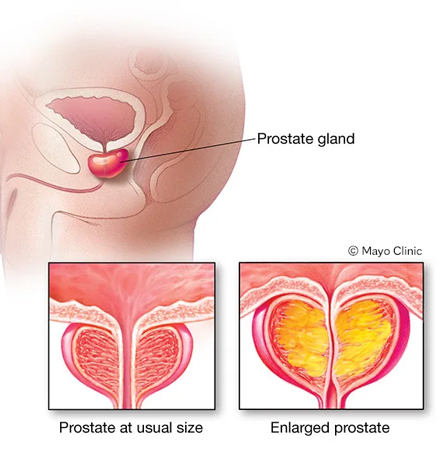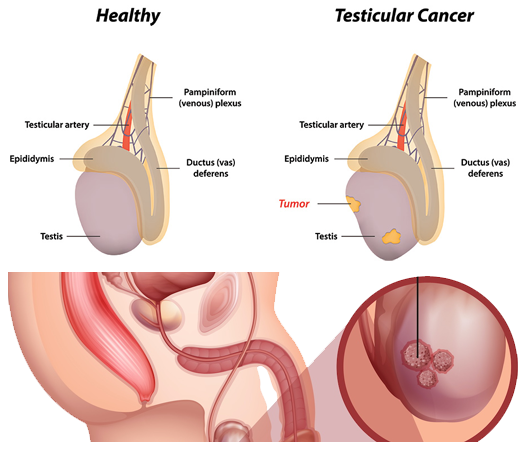
Bladder & Bladder Cancers
These are cancers arising from the inner lining of the urinary tract. Most commonly these are found in the bladder and are treatable by simple removal through a camera (cystoscope). Less commonly they can arise in the urine-draining portion of the kidney or the ureters (the tubes that carry urine down to the bladder). Bladder cancers are usually diagnosed because of hematuria (blood in the urine) and are directly visualized in the urologist's office by placing a flexible camera into the bladder. Removal of bladder cancers is performed in a hospital or surgery center and requires anesthesia. In some cases these tumors can be highly aggressive and/or invade into the deeper layers of the bladder, ureter or kidney. This usually requires surgery to remove the affected organ with reconstruction of the urinary tract as necessary. If blood is found in the urine, it is very important to see a urologist to rule out cancer as the cause.
Kidney and Ureter Cancer
As opposed to many years ago when patients were diagnosed with kidney, or renal, cancer only when it had spread and began causing symptoms such as pain or bleeding, it is now fortunately diagnosed most commonly as an accidental finding on x-rays being done for some other reason. Because it is being caught earlier, it is often treatable with surgical techniques such as partial or total removal of the kidney, cryotherapy (freezing), or radiofrequency ablation (heating). Most kidney surgery is now done using minimally invasive techniques such as laparoscopy or DaVinci robotic assisted surgery. Click here for more information about DaVinci robotic assisted surgery for Kidney Conditions.


Prostate Cancer
This is the most common non-skin cancer diagnosed in men in the United States and is the third highest cause of cancer related death in men. Current recommendations state that men should have a digital rectal examination (DRE) and PSA blood test starting at age 40. Prostate cancer, unlike other cancers, usually has no associated symptoms and is diagnosed primarily from the DRE or PSA test. Prostate cancer does have a familial connection -- so men who have first degree relatives (e.g. fathers, brothers) with prostate cancer are at a higher risk of contracting the disease themselves. African American men are also at a higher risk for prostate cancer. If a DRE is abnormal, or if a PSA result is found to be high or has been rising in successive years, a prostate biopsy is usually recommended to look for cancer. Fortunately there are numerous treatment options for prostate cancer, including DaVinci robotic-assisted surgery. Click here for more information about DaVinci robotic assisted surgery for prostate cancer.
Testicular Cancer
This cancer usually affects young men between the age of 18 and 35, though it is occasionally seen in older men and even in infants. It most commonly manifests as a painless growth in the testicle. We have had great success treating testicular cancer with cure rates as high as 97%. It is often treated with multi-modal therapy; that is, utilizing various forms of therapy such as surgery, chemotherapy and radiation therapy in a coordinated fashion to combat the cancer. Bicyclist Lance Armstrong is a perfect example of the successes that can be achieved.







